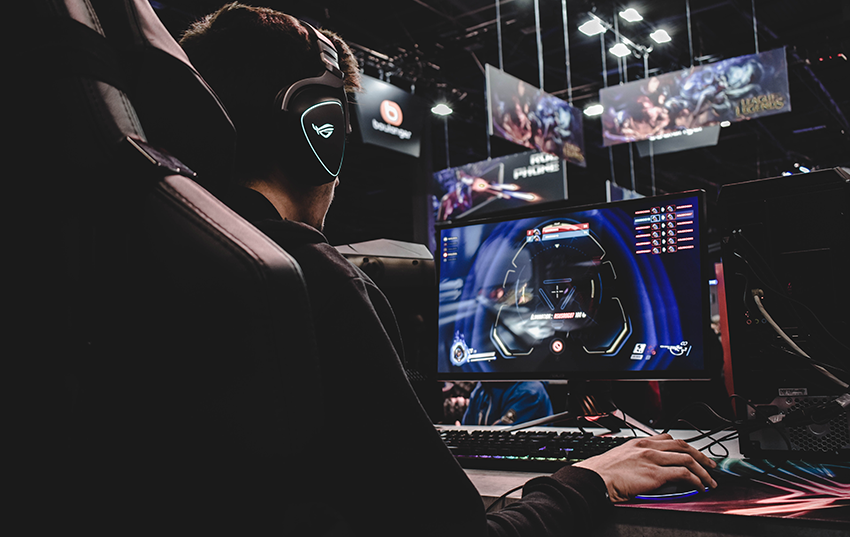
The popularity of video gaming—specifically, massively multiplayer online (MMO) games like Fortnite, League of Legends, PUBG and so on—is undeniable.
According to TechCrunch, Epic Games, the producer of the mega-hit Fortnite, grossed 3bn dollars of profit in 2018. Unfortunately, Epic Games haven’t disclosed any specifics regarding how much of that revenue is directly attributed to Fortnite, but it’s fair to assume that they are closely correlated.
Fortnite’s ‘Royale’ format has created an inflection point in the gaming industry by offering gameplay for free and making money predominantly through in-game purchases, which allow the gamer to update their weapons, outfits and so on. Games like PUBG and Apex Legends have also found success following the Fortnite blueprint.
The free platform offered by Fortnite allows for hundreds of thousands of gamers to play at once. This is what will make or break the free-to-play MMO model; in order to be successful, connectivity needs to be as crisp and clean as possible.
Dealing with Lag
Ensuring lag-free connections for the amount of traffic that Fortnite receives is a tall task. Not only are there a massive number of end-points to consider, but Fortnite also offers platform-agnostic game play, meaning regardless of your gaming platform, whether it be Xbox, PlayStation or a regular PC, gamers can join the same lobby and play in the same match.
Unfortunately, there are loads of lag issues associated with Fortnite. Search ‘Fortnite Connectivity’ on YouTube and you’ll get countless examples of videos expressing displeasure with Fortnite’s shaky connection. “How to” videos seem to receive a ton of traffic—each YouTuber claiming this is how you fix your Fortnite connection. But do they really know?
The Internet was Not Designed for Video Gaming
There are always minor tweaks that can improve network connectivity, however there’s no guarantee they will always work. Even with overlay networking applications that claim to improve connectivity, network constraints can persist regardless, which highlights a major pain point for online gaming.
The fact is, the internet was not designed for the real-time interactions required for gaming. For common early uses for the internet, the occasional lost packet wasn’t an issue. Basic transactions like sending an email or loading a website require thousands of TCP packets, so the occasional lost packet wouldn’t affect the overall quality of delivery.
This isn’t the case for gaming. Video game packet streams are much thinner, so the loss of a single packet can have a significant effect on gameplay.
Lost packets can create jitter, which is the fluctuation of latency during gaming. Inconsistent latency creates sudden glitches and can drastically effect gameplay.
If pressing ‘A’ makes a player jump in a game, there may only be a handful of packets sent to make this happen. If one or two are lost, the jumping sequence will most likely be interrupted and prevent a gamer from doing exactly what they want and, potentially, discourage them to the point of no longer playing. For free-to-play games like Fortnite, participation and traffic are their greatest assets.
The video game industry is massive, both in terms of reach and profitability, and it shows no sign of slowing down. If the new free-to-play model that Fortnite has brought to the forefront is going to be successful, then reliable, uninterrupted connectivity in needed. That isn’t a reality now, but a prime opportunity for whoever can solve this issue.
Do you have your finger on the pulse of tech trends? Join the 451 Alliance for exclusive research content on industry-wide IT advancements. Do I qualify?
